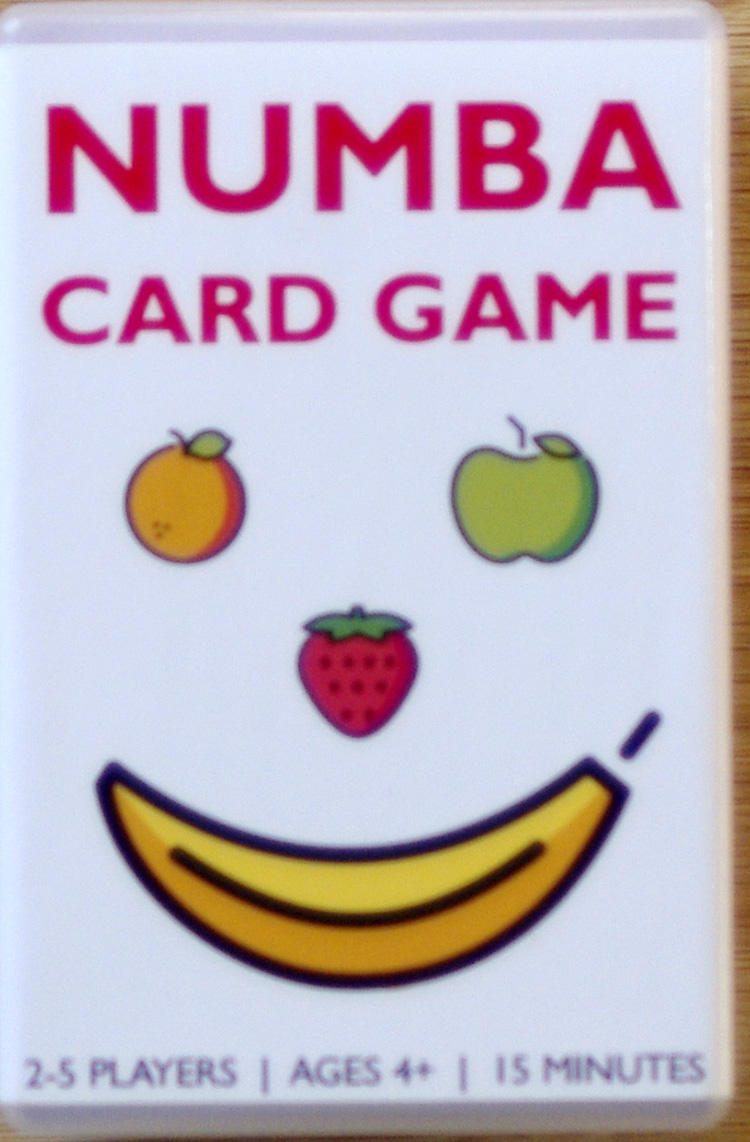Here at Family Game Shelf, we love Clue—the classic game, the movie, the junior version even the card game. So when they came out with the Clue Escape and Solve Mystery line of games, we knew we had to try it out! We were lucky enough to snag a copy of Robbery at the Museum to play.
Worries about spoilers? We promise not to give away any of the answers. Instead we’ll focus on how the game plays and whether or not we liked the game and if it was too hard. You can see our other escape room reviews: Unsolved Case Files and Exit the game. Now onto the Clue escape room.
This post may contain affiliate links. I receive a small commission at no cost to you when you make a purchase using my link.
Object of Clue Escape Room
The line of Clue Escape rooms is different than others. Not only are you trying to escape but there’s a mystery that you need to solve too. In Robbery at the Museum, Mr. Boddy has hired you and the crew to break into the museum and steal six artifacts. But there is a traitor in the mix. Someone has stolen one of the artifacts and replaced it with a fake! They also set off the alarm and the police will be arriving in no time. Now you have to not only escape before the police catch you, you also have to figure out who the traitor is, what they stole and where they put it.
Setting Up Clue Escape Room
There is no set up for this game. What? Yep. The first thing that you are told to do is to read the story set up and then the rule book. You are told not to take anything else out of the box until you have been asked to.
After reading the rules, each person choses a character to be then reads the card that goes with the character. Next, the first deck of cards and the first game board is set out.
The game board grows as you play and more cards are added to the deck.

Playing Clue Escape Room
This is where the Clue line differs from other escape rooms. Each player has a pawn to move around the board. On a player’s turn, she will move her pawn to a numbered space on the board. She will then find the matching card in the deck. Next, she reads the card and follows the directions.
The Cards
There are several different kinds of cards in the game.
First, there are the narrative cards. These cards give you directions. Once you have finished the card, it is discarded as you won’t need it again.
Next there are the puzzle cards. These cards have a puzzle piece in the bottom with a letter code in them. They also tell you what else you need to solve the puzzle, if that is one or two more cards or something else. Again, when you solve the puzzle—told to you by another card you flip over—you can discard the cards.
Item cards are next. These cards are not discarded and are used throughout the game. You use these cards to help solve puzzles.
Next are the clue cards. These card will help you figure out who the traitor is and what and where the item he or she hid is. They are best kept on the table but off to the side.
Last are the overlay cards. These cards are put on the game board to unlock over features.
Play Continues
When all the directions of the first player’s turn have been done, then the next player chooses a spot on the board to move to. He will then find the card with that number on it and proceed to collect info or solve a puzzle.

Even though it is one person’s turn to move and draw cards, they are not the only one who can work to solve the puzzle. The team should put their heads together to solve all the pieces.
Pieces and cards are continually discarded as they are used and add as they are unlocked through the game making it ever changing.

Winning Clue Escape
Once you have solved all the puzzles and have all the clue cards, you decide as a team who you think is the traitor, what they stole and where they hid it. Only then can you open the Solved envelope where you will learn if you are correct or if you have made a mistake and what your future holds.
What We Liked
The first thing we liked is that the turn taking game play made everyone feel included. Sometimes when playing these kind of games, someone feels left out (especially if the puzzles aren’t making sense to them). On each of your turns you get to pick a spot and get to flip over cards too. This would also great if you have younger kids. (The age on the box says 10 and up but with this rule I think younger kids who want to be included could quite easily feel like part of the game.)
Next, the game seemed to move along at a good speed. Adding new game board pieces and new cards helped make the game flow and keep it fresh as we played.
Anohter thing that we like is that we didn’t destroy anything as we played. Although Clue Escape is a one-time play game, we can let other friends play it without taking anything away from the game. The quality of the game is also good.
Last, we loved that Clue Escape stays true to its’ roots. The mystery part wasn’t super challenging but it wasn’t super obvious either. We were able to rule out a few players pretty early on but we had to get all of the clues to know which character was the traitor. The other two parts of the mystery were a little trickier but they both made sense and we were able to figure out the what and where.
How hard were the puzzles?
I will be the first to admit that we sometimes stumble with escape games. With Clue Escape, we didn’t get stuck once. The fact that they tell you what pieces you need for a puzzle is a great idea. (We have been stuck in other games because we had the wrong piece or were missing a piece. It made us feel un-smart and a bit like giving up.) I will say that they provide a hint for every puzzle. We didn’t use any of these (in fact I didn’t even know they were there until we were finished.) I have read the hints now and I think they would have been helpful without giving away the answer.
What We Didn’t Like
First, there is a surprise tool that you uncover while playing. The uncovering it was really cool and fun. But we found it hard to use and we were often wrong with the info that we thought we were getting from it. We were able to figure it out and work around it when we got it wrong.
But the biggest thing that we didn’t like was with the last part of the mystery. We figured out what item the traitor hid but when it came to telling where he or she hid it we had a question. We had it figured down to the room but did we need to have the exact location in the room or was the room good enough? The rules didn’t tell us so one of us skipped ahead and read the answer. It turns out that we only needed the room but the solution did tell us exactly where it had been hidden.
Are the Clue Escape Rooms Worth adding to your Family Game Shelf?
If you love mysteries and want to try out an escape room then I would recommend trying one out. The Robbery at the Museum is at a level 3 difficulty and they have level 2s as well. If you have kids and want to spend an hour or so working together, I think it’s well worth it.
On the other hand, if you’re a keen escape room artist, this line of games might be a little too easy. I would suggest the Exit line of escape rooms.
As for us, we found that we liked the game. The kids even suggested that we ask for one for Christmas so we can play another one. We do like a game that makes us think, work together and makes us feel like super slushes.
You can see the line of Clue Escape games here. I would suggest starting with the Treachery at Tudor Madison. Not only is it the first in the line, it is also a level 2 in difficulty. Canadians can get there Clue Escapes here.
Another line of mystery games is the Unsolved Case files. We really like these, although they are mysteries games and not escape rooms.
Rating:

Joel:

Julia:

Carrie-Anne:






Be the first to reply